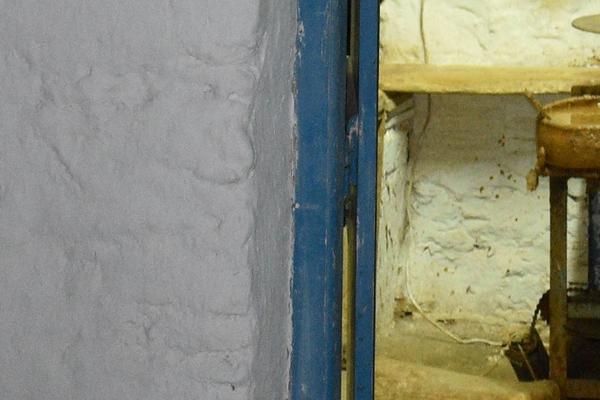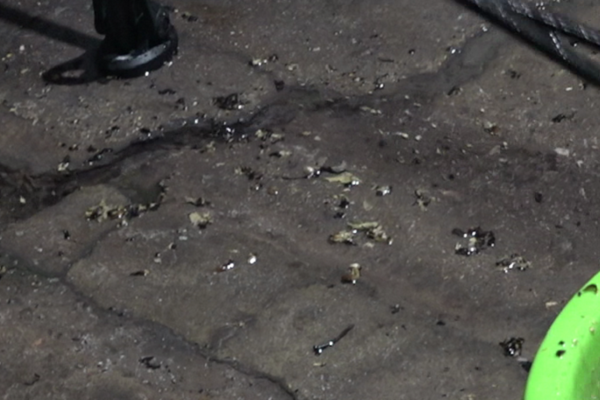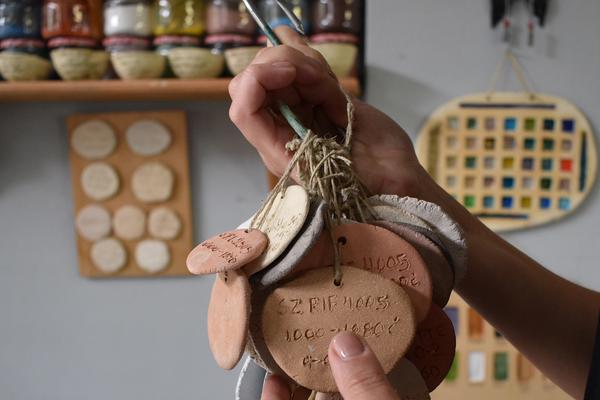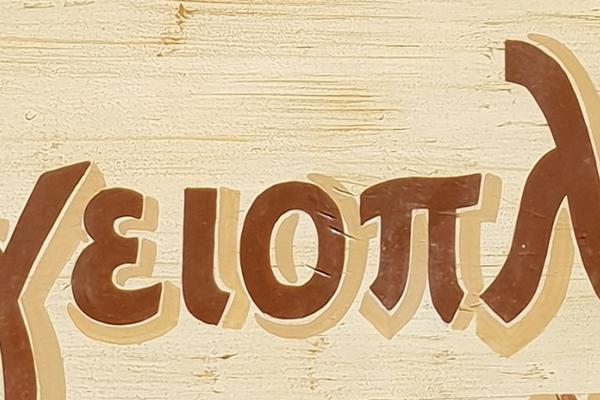ABOUT the project:
About that
The HANDMADE project is a 5-year (2018-2023) European Research Council (ERC) Consolidator Award led by Lambros Malafouris based at the Institute of Archaeology, University of Oxford.
HANDMADE proposes a comparative anthropological exploration of the hand and its skills focusing on the craft of pottery making. Working with potters and ceramists we are attempting to understand what are the main ways by which the creative potential of clay becomes realised through the hand and how it affects the people that come to work with it. We address those issues by exploring creativity not as a psychological property of the mind inside the individual head but as an embodied and material phenomenon of situated enactive intelligence. The project proposes a new approach to cognitive/sensory ethnography and the study of craft which may prove valuable in deepening our understanding of the human creativity as an enactive and distributed process.
What? The guiding question of the HANDMADE project is deceptively simple: How do we create things by hand? We want to learn and to explain what exactly happens when our hands move to produce material forms. Paradoxically we don’t seem to know enough about that process. We do know a great deal about hands and about forms. Yet we seem to have only a vague understanding of the creative process that lies in between: That is the process of making by hand. The major ambition of this project is to fill this gap in our knowledge. We follow the hand in action and investigate the phenomenology of human creative gesture.
Where? We study pottery making at first hand through sustained multi-sited participant observation in several traditional ceramic workshops spread around mainland Greece and the Islands. The study involves a variety of techniques.
How? Our research procedure, grounded on material engagement theory, is designed to facilitate a heightened responsiveness to the details of action and the properties of the materials and the tools involved. We use a combination of methods from anthropology, archaeology and embodied cognitive science to record, describe, compare and analyse the exact ways by which craft practitioners use their hands to produce a variety of material forms.
Why? The importance of the process of making by hand cannot be overstated. Handmaking is at the heart of human becoming. This is not a statement just about the past; it is also about our future: It applies to the modern digital designer as it applies to the Palaeolithic tool maker. Perhaps, understanding the meaning of handmaking has never been as relevant and timely as it is today given its ongoing transformation within our modern creative industries and digital forms of fabrication. In fact, there is far more handwork in our modern creative industries and digital forms of fabrication than is often assumed. The role of the hand remains central although transformed in ways that are yet to become understood. The major challenge is how to articulate and specify the constitutive elements of the handmaking process. Why handmade matters? Obviously we think that is does. But exactly what is it that matters? In what ways and for whom? There are important broader considerations here that take us beyond the immediate context of our study and they can help us to rethink the ways we relate to the environment, the ways we experience time but perhaps also the ways we understand the importance of making in contemporary education and in human life.









